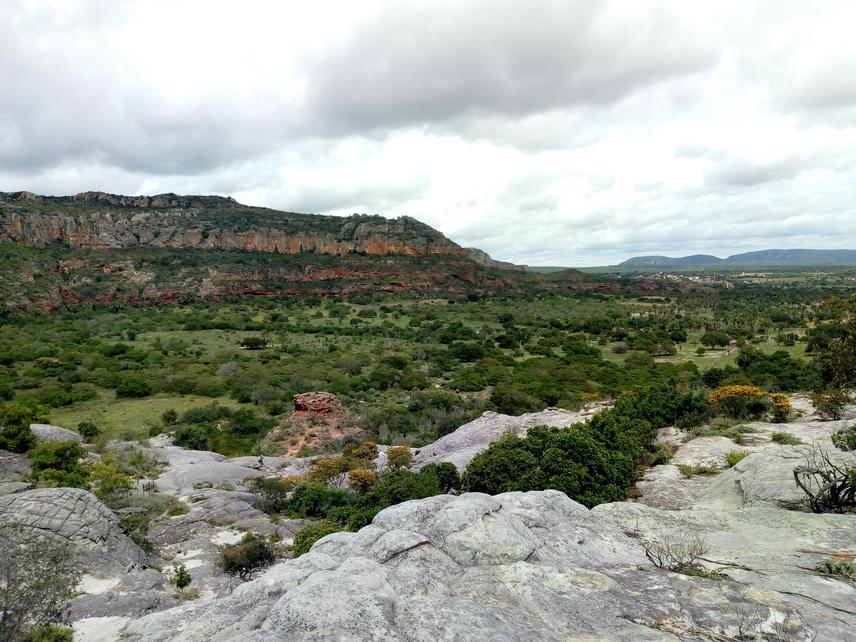Pedro Henrique Albuquerque Sena
We aim to assess how climate change, human-induced disturbance and plant diversity affect ecosystem multifunctionality in a socioecological landscape. Specifically, we will test the influence of plant diversity, decreases in rainfall and chronic disturbance on ecosystem productivity, nutrient cycling and biomass storage. Ecosystem services mediated by biodiversity will also be investigated, as woody provisioning, livestock feeding, soil fertility and medical plants. The project will take place on a densely populated Brazilian dry ecosystem (the Caatinga) where people strongly depend on natural resources, but ecosystem services are threatened by poor management practices and climate change. Our final goal is to understand how habitat changes may shape plant community, the delivery of services and goods and ultimately, the sustainability of this productive system. By doing this, we expect to indicate until which point local people can use dry forests in different contexts of climate change without negative impacts of biodiversity-dependent ecosystem services.

Catimbau landscape. ©Pedro Sena.
There is an extremely relevant research agenda focused on understanding how climate change and human disturbances might affect biodiversity, ecosystem functioning, and human well-being. We found out this general question could be perfectly unraveled in the Brazilian Caatinga, a highly heterogeneous vegetation composed of dry forests and shrubs. Despite its wide range landscape and natural importance, Caatinga is frequently neglected either by conservation efforts or human assistance, retaining a high index of human poverty which leads people to strongly depend on natural resources. This dependence also generates a series of small but constant impacts on ecosystems, which is known as chronic anthropogenic disturbances, with some evidence of negative effects on biodiversity. Using a multifaceted framework, our goal is to understand until which point changes in precipitation and chronic anthropogenic disturbances can affect biodiversity, ecosystem multifunctionality, and biodiversity-mediated ecosystem services.
Our project will be performed in The Catimbau National Park, one of the few protected sites in Caatinga, with a total area of 62,294 ha and located in the Pernambuco State, Brazil. This area has a gradient of rainfall varying from 480 to 900 mm within few kilometers, suitable to test climate change questions in the field. The Catimbau National Park was established in 2002 and is one of the largest fully-protected areas in the Caatinga, conserving many forms of biological, geological and cultural legacies. People that still live inside the Park are mainly low-scale farmers, handcrafters, and indigenous which most common income activities are typically planting (corn and bean) and goat breeding and wood extraction. Under this scenario, the Brazilian government still does not have a plan to reallocate those people and any solution could take many years to be properly applied, also resulting in conflicts between people and the park administration.
We propose to transform local properties into an integrative experimental setup, with local people effectively monitoring key ecosystem variables in their cultures. We argue that involving local people into ecological monitoring will have pervasive impacts on the way people interact with natural resources (i), helping to reduce chronic anthropogenic disturbance not related to subsistence, and their relationship with Park managers (ii), stimulating cooperation and helping to avoid conflicts. Also, with the habitat change-biodiversity-ecosystem framework, we intend to indicate which species or groups of species should be avoided in different habitat scenario (precipitation level and disturbance context) to secure different ecosystem services to human well-being.